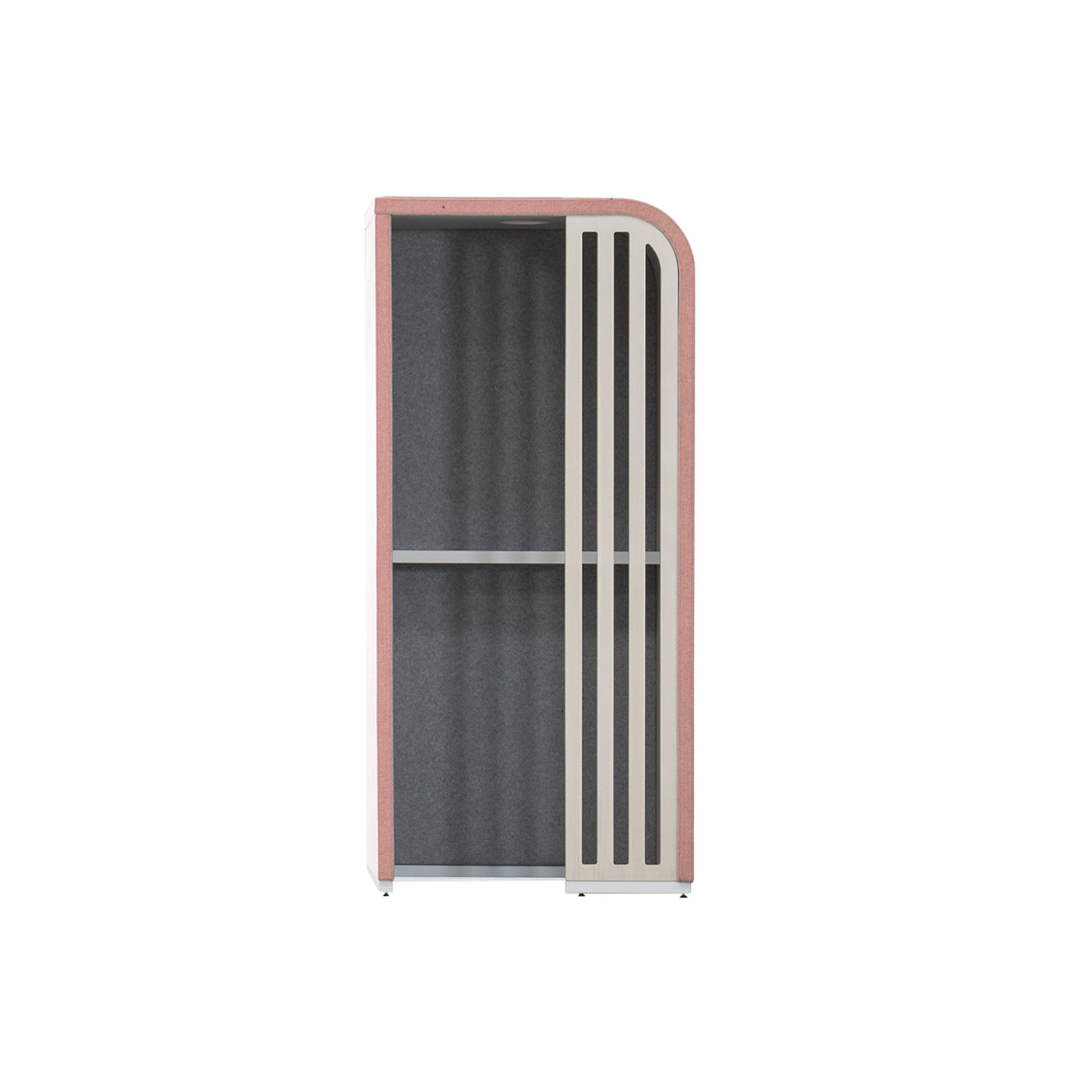-
The conversion of office buildings contributes to the success and profitability of commercial real estate. Conversions, in this case, imply an ability to draw in and accommodate tenants, develop a working environment, and design a stakeholder environment attuned to the needs of business today. If we go the right way, this will enable us to make the office spaces appealing and functional in a manner that drives the occupancy for the benefit of the entire value proposition.
Office buildings are making almost a total turn within this post-pandemic world. Employees and businesses are re-evaluating priorities, looking at what kind of working spaces support well-being, collaboration, and sustainability. Therefore, modern office buildings must adapt to these changing demands to maintain their competitive edge and attract tenants.The key goal is making conversions and maximizing turned prospects, prioritizing the immediate needs of a tenant and, hence, long-term business success. Attractive and functional commercial space should instill a sense of community, inspire employees and companies, and increase tenant retention, positive word of mouth, and reputation within the industry.
-

-
Chalet
-
Strategies for creating a productive workspace:
Productivity, often measured by the work done in a given time, is crucial to a successful workspace. The design of a productive workspace must incorporate strategies that foster creativity, collaboration, and innovation. Office furniture is vital in this, ensuring comfort, functionality, and aesthetics.Flexible and adaptive layouts:
Embody modular office fit-out and movable partitions that make adjustments easy and suit the tenant’s needs, fostering collaboration, privacy, and proper space utilization. -
Biophilic Design Principles:
This, in turn, has successfully enhanced productivity in the office space, reduced employee stress, and improved overall well-being.
Ergonomically designed furniture and equipment can help reduce musculoskeletal disorders and drastically increase workplace comfort. Adjustable desks, supportive chairs, and proper lighting will improve productivity and create a healthier workforce.Collaborative Space:
A space with an effective collaboration design triggers a culture of teamwork and idea-sharing. Utilize open spaces, huddle rooms, and open lounges to boost cross-functional interactions and create an environment for transferring knowledge. -
Cara Highline
-
-
Technology Integration:
State-of-the-art technology, including high-speed internet, video conferencing, and intelligent building automation systems, must harmoniously fit within the context of the modern office facility to facilitate effective communication, collaborate remotely, and optimize resources.
Implementation of the setup can provide more productive workplaces and offer innovation to enhance the employees’ experience, thus contributing to the success and lifespan of our tenants’ businesses.The concept of net-zero carbons in office building design:
Net zero carbon is a concept that aims to balance the carbon emissions a building produces with the amount that is removed or offset. In simpler terms, it’s about making sure the building doesn’t contribute to climate change.Optimized Building Envelope:
Insulation, advanced window technologies, and air-sealing techniques achieve a high-performance building envelope, making it airtight and reducing energy needs during operation.
Renewable energy sources, such as solar panels, wind turbines, or geothermal systems, can significantly reduce the energy needed in buildings and their dependency on traditional energy sources. -
Hendrix XL
-
Smart Building Automation Systems
The management automation system of intelligent buildings can optimally tune energy use by regulating and controlling lighting, heating, ventilation, air conditioning, and other energy consumers about the surrounding environmental conditions and occupancy.
Using sustainable materials and construction practices is another way to reduce a building’s carbon footprint. For example, using recycled steel, timber from sustainable forests, and locally sourced materials can all help to make a building more environmentally friendly.Maximum Conversion Office Furniture Package
Office furniture plays a huge role in conversion—how a workspace looks, functions, and feels. Carefully and strategically thought-out furniture significantly improves office space productivity, comfort, and pride for tenants and employees. -
Aesthetic Appeal: Aesthetically pleasing furniture adds to the formality of the office space. It gives an excellent first impression and makes an overall good contribution to space’s state. Modern design, distinct material application, and harmonious color palette create an astonishing welcoming inspiration of modern sensitivities.
Ergonomic Considerations: One should invest in ergonomically designed furniture for the well-being and productivity of employees. Adjustable desks, supportive chairs, and ergonomic accessories will aid in establishing a workplace free from musculoskeletal disorders, reducing fatigue and increasing comfort levels among the task force.
-
-
Flexibility and Adaptability:
Furniture layouts’ flexibility in altering them is essential in dynamic environments. Modular furniture systems and their movable components allow tenants much freedom in changing their designs according to changes in their needs, the size of teams, and the need for collaboration.Collaborative Spaces:
Loosely arranged around the open layout, strategic placements of collaborative furniture such as communal tables, lounge seating, and huddle areas spur teamwork, idea sharing, and cross-functional interactions. This concept encourages spontaneous communication and facilitates knowledge-sharing environments that foster innovation and productivity.
Branding and identity: Office furniture can become a canvas for reflecting a company’s brand identity and values. The tenant may use unique materials, custom designs, or elements branded with the company to empower a workspace that is integrated and memorable; a workspace that supports the Brand, Corporate Culture, and Vision. -
-
Converting office buildings to their highest and best use is now one of the most critical targets for adding value in the dynamic arena of commercial real estate.
It encompasses many strategy and design principles within an office space that heightens appeal and function. All these areas play a vital role in maximizing conversions, from creating conducive working environments guided by employees’ well-being and productivity to fostering collaboration, net zero carbon principles, and contemporary furniture design.
Future-proofing our office buildings involves designing them to be flexible, adaptive, and sustainable, aligning with the values and expectations of socially conscious businesses and employees. This enhances our competitive advantage and contributes to a more sustainable and environmentally responsible future, a necessity in today’s business landscape.






